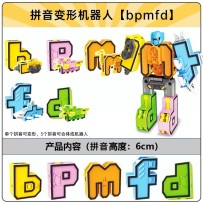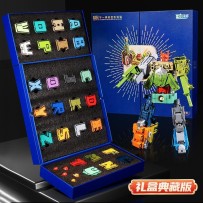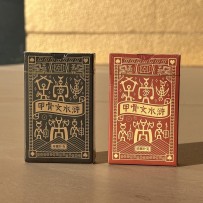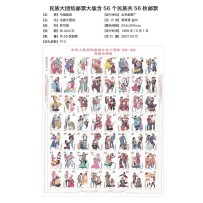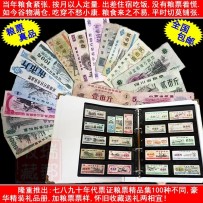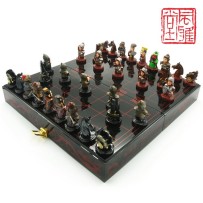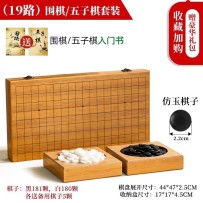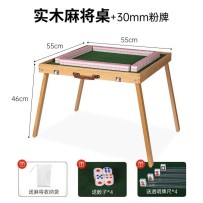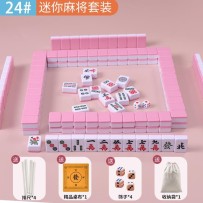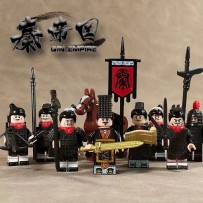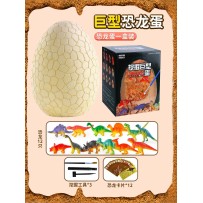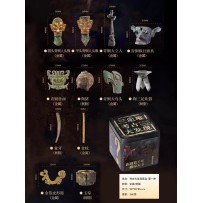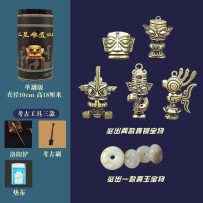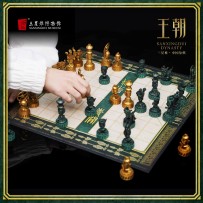Subcategories
Active filters
These creatively designed playing cards make oracle bone script appear adorably charming. Each card is like a window into ancient civilization, allowing everyone to learn more about oracle bone script through interactive gameplay. This fresh and engaging approach deepens the understanding and memory of characters from Water Margin, encouraging more people to appreciate and take interest in oracle bone script, and to experience the beauty of Chinese charac
This set of National Unity stamps, themed around joy, harmony, and celebrating the birthday of the motherland, includes a total of 56 stamps. For the first time, the unique charm of China’s 56 ethnic groups is vividly captured within these miniature artworks. Each stamp represents one ethnic group, featuring a young man and woman in traditional attire—singing, dancing, or engaging in everyday life. The illustrations are rich in character, with bright, pure colors, elegant and flowing lines, and expressive faces.
Ration coupons are products of a specific historical period, symbolizing the planned economy, material shortages, and the state's efforts to ensure people's livelihood. They were not merely vouchers for purchasing grain, but also a reflection of the economic system and social life of that era, carrying the memories and cultural significance of a particular time in history.
The term "Xiangqi" (Chinese chess) originated during the Warring States period and has its roots in China. Its strategies are inspired by the ancient military principles found in Sun Tzu's The Art of War, particularly the idea that "the supreme art of war is to subdue the enemy without fighting.
Mahjong, as an ancient Chinese form of entertainment, carries rich cultural meaning in both its tile designs and gameplay. Its rules and strategies reflect traditional Chinese concepts such as "heavenly timing, geographical advantage, and human harmony," as well as deeper reflections on interpersonal relationships and life philosophy.
Mahjong, as an ancient Chinese form of entertainment, carries rich cultural meaning in both its tile designs and gameplay. Its rules and strategies reflect traditional Chinese concepts such as "heavenly timing, geographical advantage, and human harmony," as well as deeper reflections on interpersonal relationships and life philosophy.
The discovery of Sanxingdui shattered the traditional belief that ancient Chinese civilization originated solely in the Central Plains. It revealed a unique civilization nurtured in the Yangtze River Basin and demonstrated the diverse yet unified structure of Chinese civilization.
The Sanxingdui ancient site dates back 3,000 to 5,000 years and is the largest, longest-lasting, and most culturally rich ancient city site discovered in Southwest China to date. It is hailed as one of the greatest archaeological discoveries of the 20th century.
The Sanxingdui ancient site dates back 3,000 to 5,000 years and is the largest, longest-lasting, and most culturally rich ancient city site discovered in Southwest China to date. It is hailed as one of the greatest archaeological discoveries of the 20th century.










